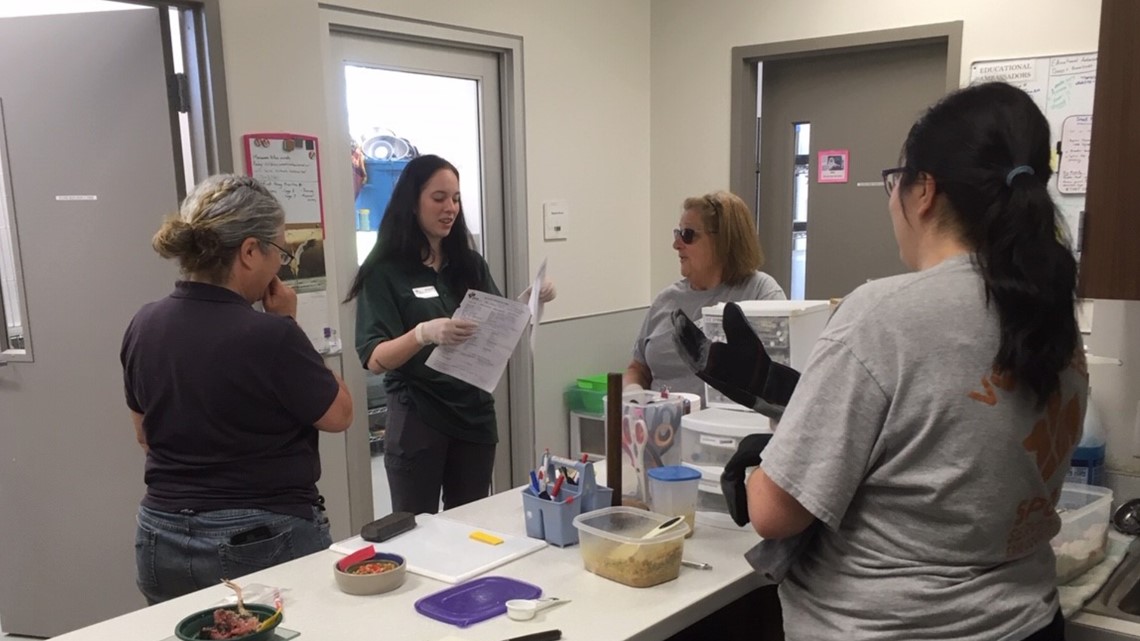WEST SENECA, N.Y. — The Wildlife Department at the Erie County SPCA is unique. It's one of only six of its kind in the country and the second largest in New York State.
Since their move to their new facility in West Seneca, both their intake and their profile have increased.
"In 2018, we took in 3,500 animals which is an increase of about a thousand animals since we've moved to the new shelter in West Seneca from Tonawanda," said director Barb Haney. "We're a little more visible. We talk a little bit more about what we do. We kind of came out of that closet in the garage in Tonawanda, and we're more visible."


From fixing up a Merlin with a broken wing to feeding baby bunnies, the department cares for about a hundred different species every year. They have a small permanent staff and a very large and dedicated volunteer brigade.
"We have almost 200 volunteers that have become ambassadors. They've opened their heart to these species and this wildlife to be able to share with their family," said Haney. "They start to see that the things, the choices that they make in their yard, in their lives, can affect wildlife, because truly, it's humans that are doing the damage to wildlife."
The director says that there are also veterinary interns here from Western New York and across the country, learning shelter and wildlife medicine.
"Everything about what we do is about educating because we only have a staff of four. We're always showing the volunteers, the interns, and the vet students how they can help because we need their help."
The wildlife department has also made connections with the flock of smaller wildlife rehabilitation centers throughout the region, effectively improving everyone by increasing their knowledge base.
Sadly, it's a need that will likely never decrease. Almost all of the injuries inflicted upon the animals are a result of their interaction with the ever-expanding human race.
"We realize that we do some things really well and some things we may not do as well," said Haney. "And we hope that we can all add to the fabric of what is wildlife rehab, and so that's about making connections."
Haney says that in the end, for the caregivers, all of the hard work is well worth it when their patients are finally released back into the wild.
"To be able to care for that animal and eventually see it get back into the wild and add to our ecosystem, that gives us incredible joy. We feel proud, and everyone in Western New York should feel proud about what we do."
To learn more about their important work, click here

